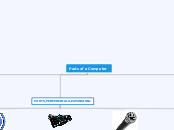Parts of a Computer
Core
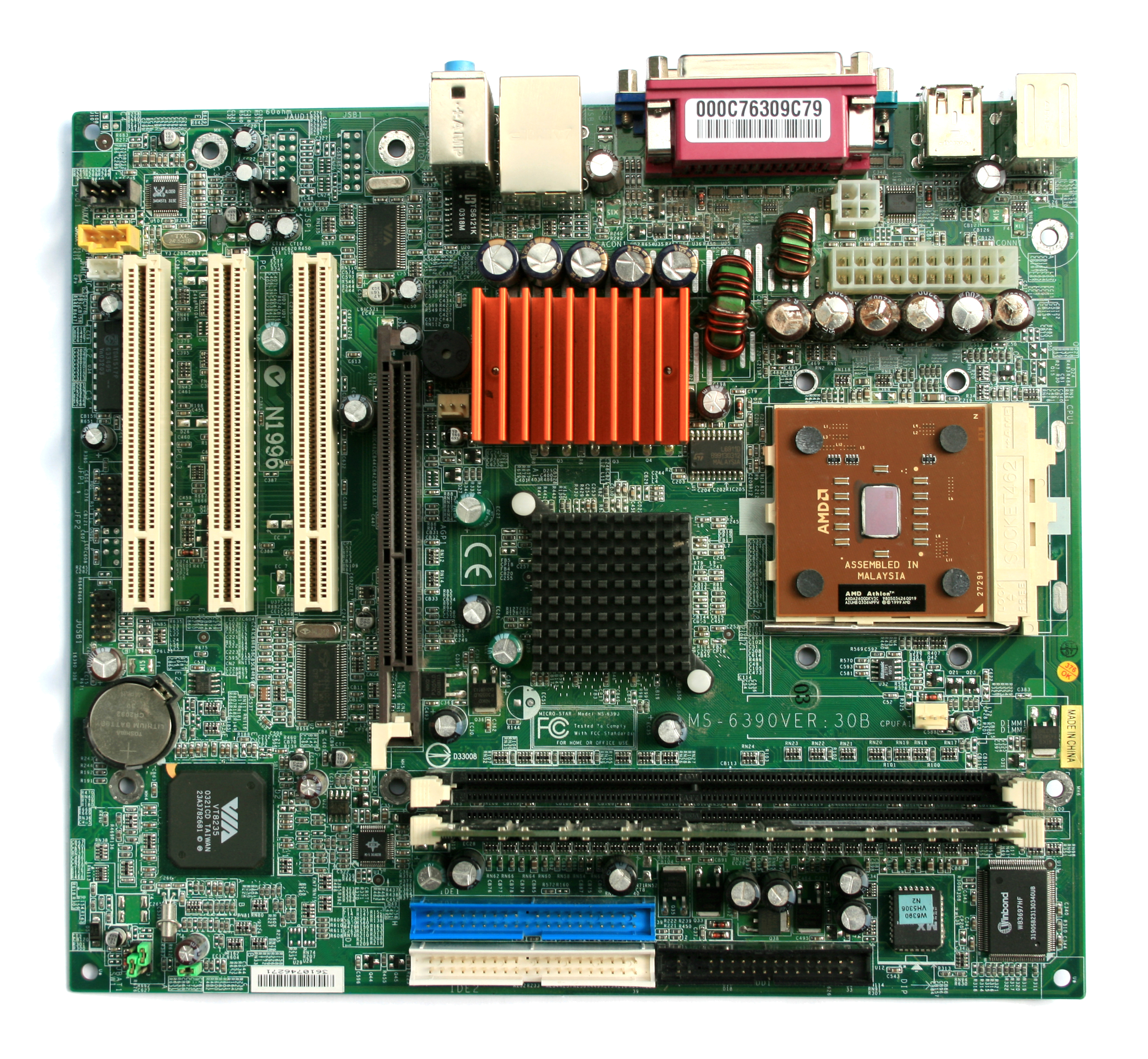
Motherboard=a rigid, slotted board upon which other boards that contain the basic circuitry of a computer or of a computer component can be mounted.
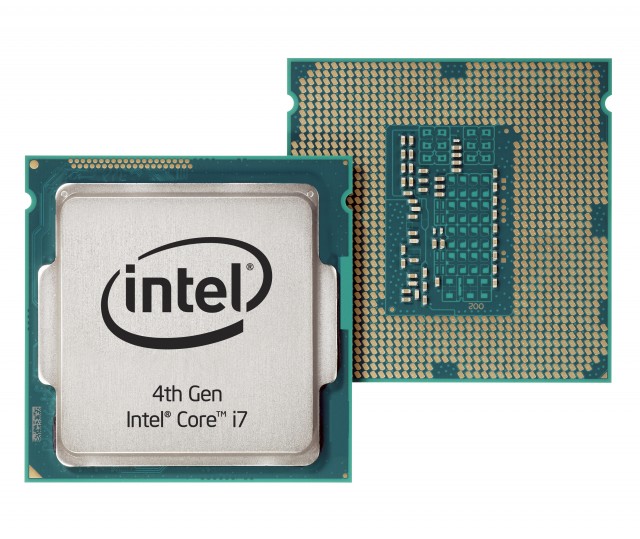
CPU=central processing unit: the key component of a computer system, which contains the circuitry necessary to interpret and execute program instructions

Cooling Devices= is a devices that keep from your computer from over heating,

RAM=a ram is random-access memory.

Drives= is like a DVD player
PORTS, PEREPHERIALS, EXPANSIONs
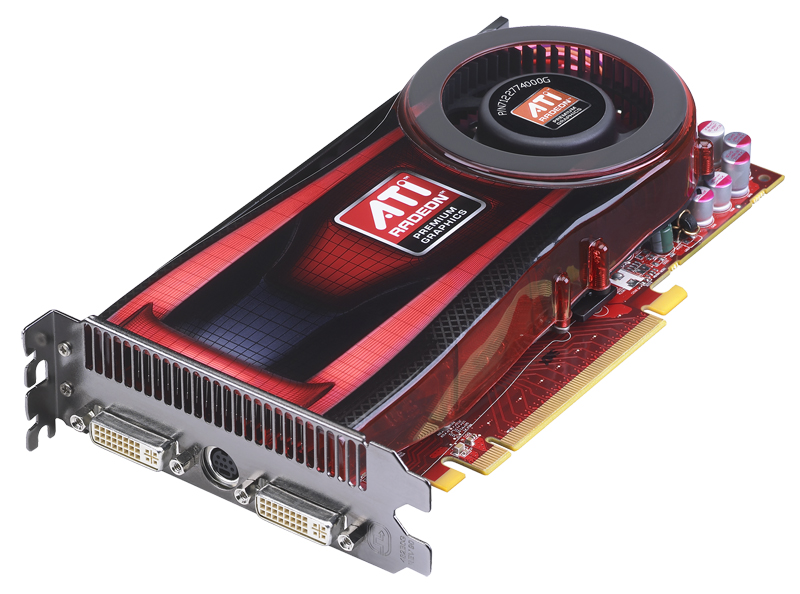
Graphics Card= is what make the things display on your screen.
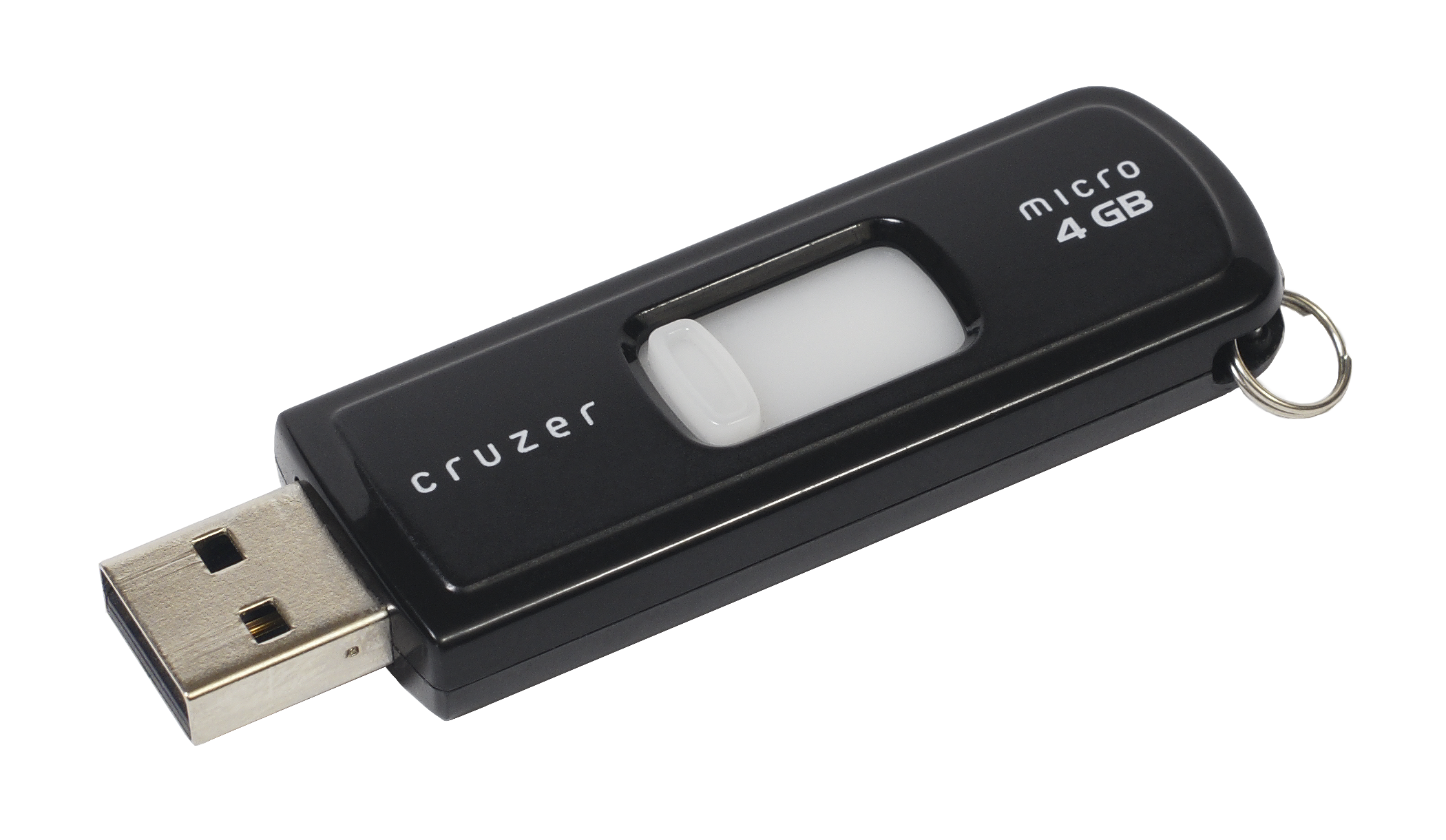
USB= a USB is a thing you can plug in your computer to save some thing.

Ethernet=a local-area network protocol featuring a bus topology and a 10 megabit per second data transfer rate

Video=the elements of television, as in a program or script, pertaining to the transmission or reception of the image (distinguished from audio)

Audio=Electronics. designating an electronic apparatus using audio frequencies

Keyboard= complete set of keys, usually hand-operated, as on a piano, organ, typewriter, or typesetting machine
microphone=an instrument capable of transforming sound waves into changes in electric currents or voltage, used in recording or transmitting sound.

webcam=a digital camera whose images are transmitted, often in real time, over the World Wide Web.

headphones=Audio. a headset designed for use with a stereo system.

Monitor=a receiving apparatus used in a control room, especially to provide a steady check of the quality of an audio or video transmission.

Printer=an output device that produces a paper copy of alphanumeric or graphic data.
OPERATING SYSTEM

Process Management=Process management is the ensemble of activities of planning and monitoring the performance of a business process. The term usually refers to the management of business processes and manufacturing processes.

Memory Management= A memory management is a part of the computer that stores all the memory and puts them in files.

Device Management=Within the computer, activating and controlling the peripheral devices.

Storage Management= The administration of any or all of backup, archival, disaster recovery and hierarchical storage management (HSM) procedures within an organization.

User Interface=the means by which the user and a computer system interact, in particular the use of input devices and software.
